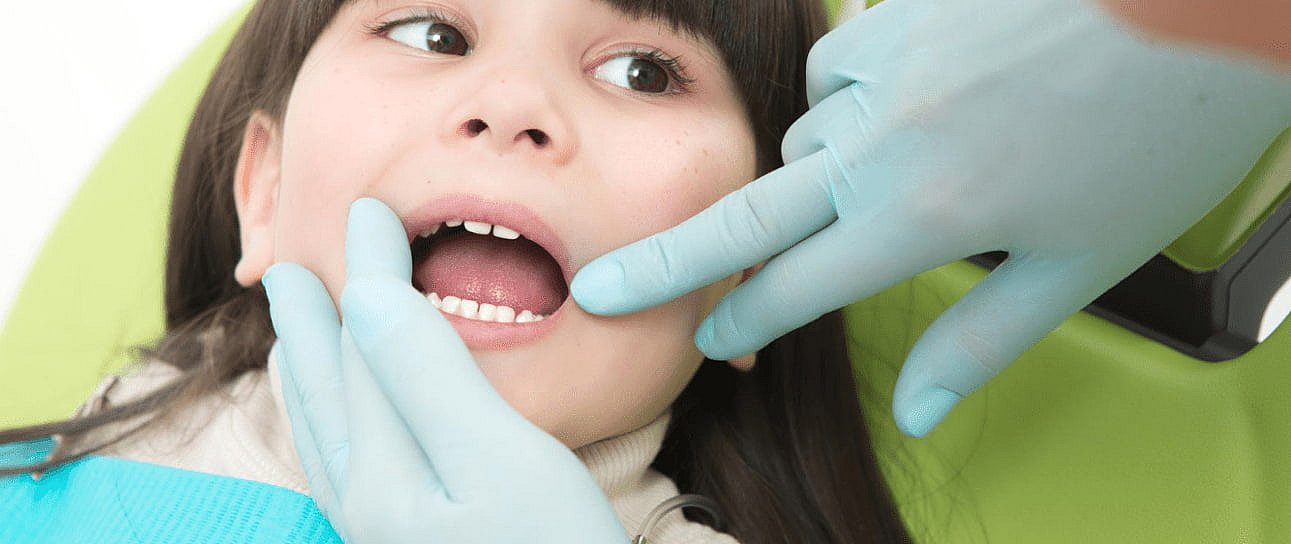
Your child needs properly aligned teeth and jaws for a healthy, lasting smile. While the right age for orthodontic treatment varies, Dr. Elaahi & Dr. Berk and the American Association of Orthodontists recommend a first visit around age seven.
Early treatment at Gramercy Orthodontics can help prevent or address more serious dental issues and may lead to shorter, simpler, and more affordable treatment later on. In some cases, Dr. Elaahi and Dr. Berk can achieve results that would be much harder to get once a child’s face and jaws have finished growing.
The ideal age for a first consultation is around 7. While the age at which kids actually get braces can differ, orthodontic treatment in NYC typically starts between 9 and 14 years old. Some issues, like underbites, are easier to treat if addressed early, starting around age 7.
A children’s orthodontist specializes in identifying and treating dental issues in kids from infancy through their teenage years. Unlike pediatric dentists, who provide general dental care, orthodontists focus on correcting misaligned teeth and jaws. They monitor dental development and use braces, retainers, and other devices to ensure proper alignment.
Early orthodontic intervention, also known as interceptive orthodontics, targets dental concerns in their initial stages to avert more significant issues in the future. Advantages include:
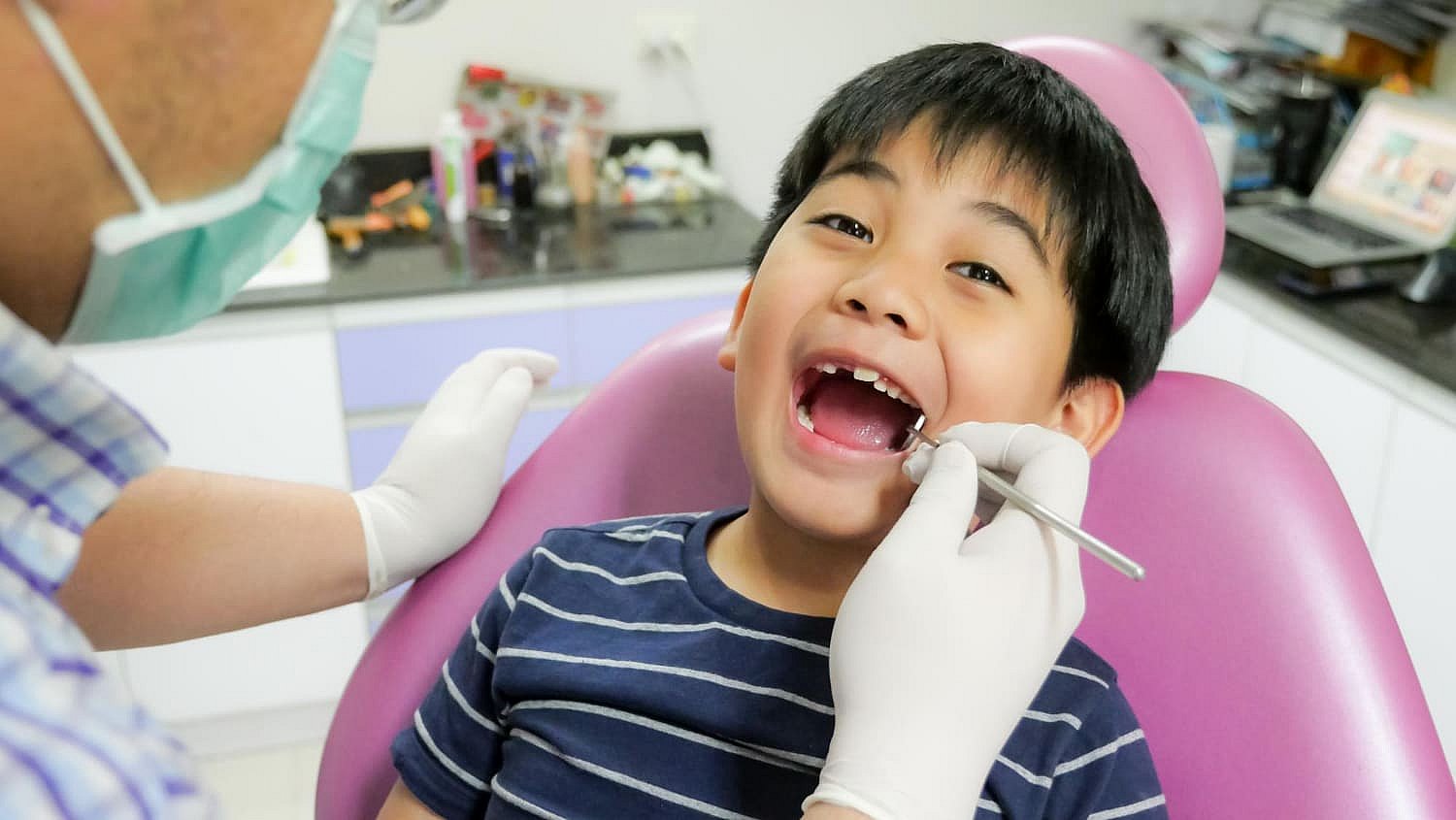
A vibrant, healthy smile can boost your self-esteem and leave a lasting, positive impression on those around you.
Prompt intervention reduces expenses, hassle, and discomfort.
Straight teeth are simpler to maintain, lowering the chances of cavities and gum issues.
Oral health is a vital part of your overall health and well-being. It’s not just about having a nice smile; it’s also about keeping your mouth healthy and free from diseases and other problems. This guide offers helpful tips on how to improve your oral health and hygiene.
Orthodontic care contributes to overall health by ensuring a healthy, disease-free mouth. Essential practices include regular brushing, flossing, and dental check-ups.
Having properly aligned teeth can enhance clarity of speech. Consistent dental visits, good oral hygiene, and a balanced diet all support better speech development.
Maintaining good oral care helps prevent issues like cavities and gum disease. Preventive steps include brushing twice a day, flossing regularly, and regular dental check-up.
A healthy, bright smile boosts confidence and leaves a positive impression. To maintain this, focus on good oral hygiene, keep up with routine dental visits, and follow a nutritious diet.
Orthodontic appliances are tools that orthodontists employ to fix issues with the alignment of teeth and jaws. There are numerous varieties, each tailored to target particular concerns. Below are a few of the frequently utilized orthodontic devices:
Clear, removable trays designed to gradually shift teeth into position.
Clear, removable trays designed to gradually shift teeth into position.
These are used after braces or aligners to keep the teeth in their new position.
These are used when a child loses a baby tooth too soon or prematurely.
The American Association of Orthodontists advises that children have their first orthodontic assessment by age seven. Identifying concerns such as crowding or bite misalignments early can make treatment easier and help avoid later complications.
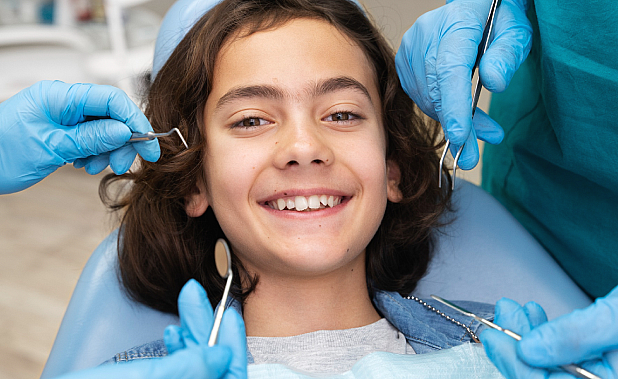


Includes examination, X-rays, and impressions.

Orthodontic devices are fitted based on the treatment plan.

Regular adjustments to monitor and ensure progress.

A retainer is often used after treatment to maintain results.
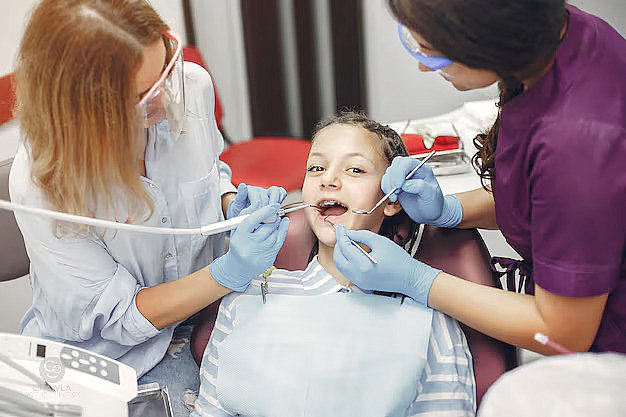
The frequency and duration of orthodontic appointments are influenced by the type of appliance being used and the severity of the dental issue. Typically, braces need adjustments every four to six weeks, while aligners are generally swapped out every two weeks. Most visits last between 30 to 60 minutes. The overall length of treatment can differ widely, ranging from six months to over three years, depending on the individual needs of each patient.
Common orthodontic issues in children include crowding, spacing, overbites, underbites, crossbites, and specific oral habits that can affect dental function, facial development, and overall oral health. Here are some prevalent orthodontic challenges seen in children:

Misaligned teeth can result from genetics, thumb sucking, or injuries. This misalignment may create challenges in oral hygiene, elevating the risk of cavities and gum issues.
Crowding happens when there isn’t enough room for teeth, complicating oral hygiene and raising the likelihood of cavities. Misalignment can lead to food particles getting trapped between teeth, further exacerbating decay risks.
Although common among young children, extended thumb sucking can lead to dental misalignment and alterations in the shape of the palate.
Orthodontic appliances are tools used by dental experts to rectify alignment and spacing challenges within the teeth and jaw. They exist in several variations, each tailored to tackle particular dental concerns. This guide will explore the specifics of four prevalent types of orthodontic devices: conventional braces, invisible aligners, functional appliances, and retainers.

Traditional braces have established themselves as the most common orthodontic tool.
Components
Brackets, archwires, and ligature elastics.
Benefits
Ideal for correcting significant misalignments, robust, and applicable for various dental concerns.

As a modern substitute for traditional braces, clear aligners such as Invisalign provide an unobtrusive and removable option.
How They Work
Apply steady pressure to slowly shift teeth, changing aligners every fortnight.
Advantages
Subtle and easily removable for meals and cleaning, promoting convenient oral care.
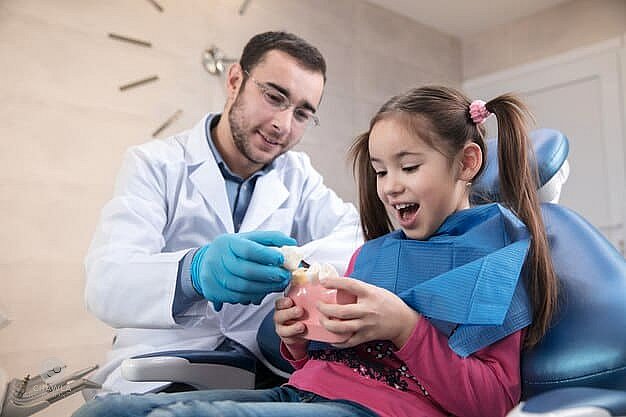
Used to resolve jaw growth concerns, functional appliances are mainly advisable for children and teens as their jaws are still growing.
Types
Twin Block, Bionator, and Herbst appliances.
Benefits
Can improve jaw function and facial aesthetics, preventing future dental problems.
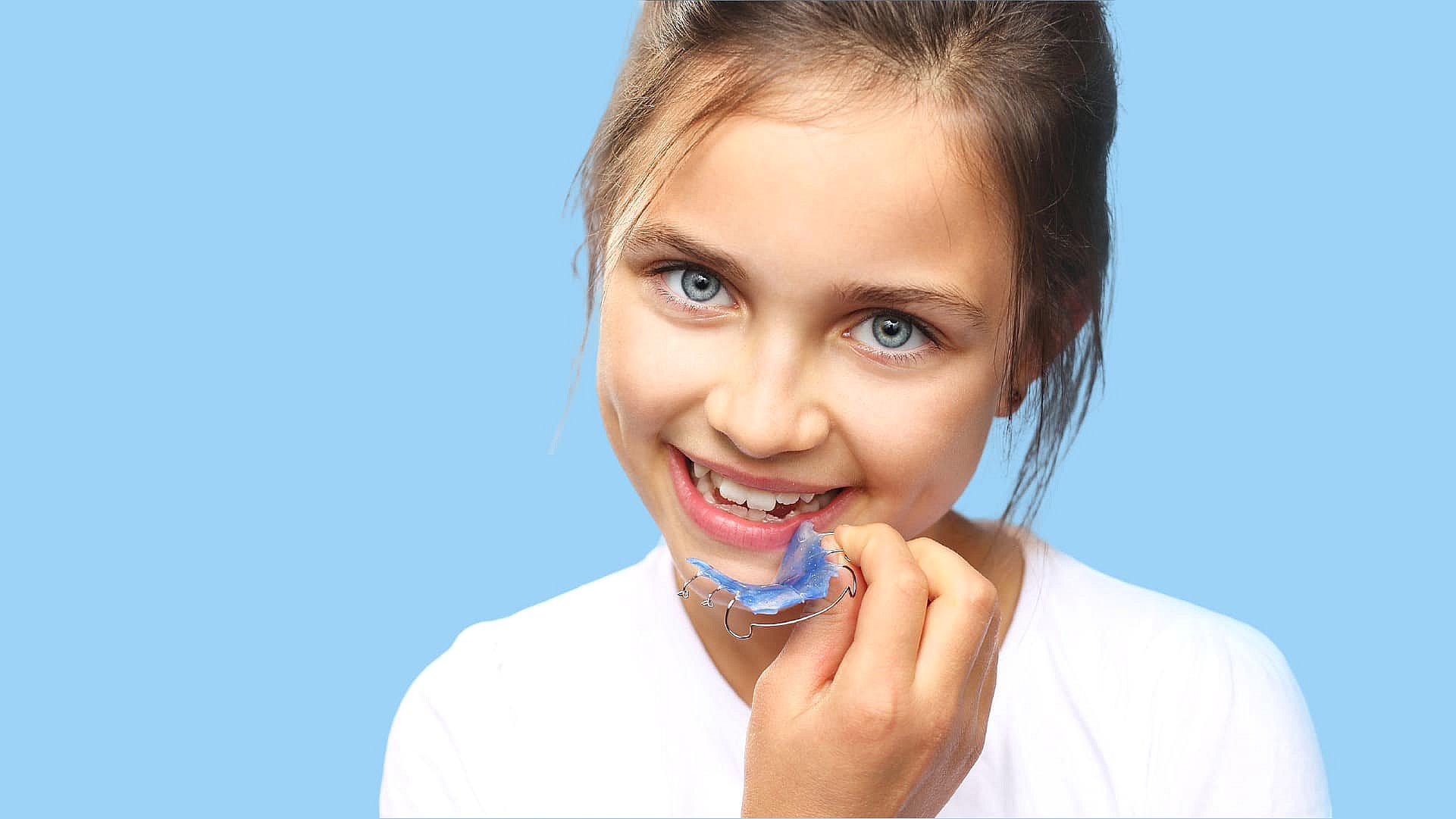
After undergoing orthodontic treatment, retainers are important for preserving the new arrangement of teeth
Types
Removable (can be taken out for cleaning) and fixed (permanently bonded).
Benefits
Essential for maintaining the results of orthodontic treatment and a lasting smile.

Interceptive orthodontics is a proactive approach that aims to fix dental issues while a child’s jaw is still growing, which can prevent more severe dental problems. The benefits of early intervention include the prevention of serious orthodontic problems, improved appearance, and better oral health. For children aged 6-10, this is an ideal time to address problems like crossbites and crowding, as their jaw is still growing and developing. Between ages 11-15, most children have permanent teeth, making it a more suitable period for braces to correct alignment issues.
When choosing an orthodontist for your child, it’s crucial to evaluate their qualifications and experience to guarantee they meet your family’s requirements. Seek out an orthodontist with specialized training in orthodontics and a background in treating children. Furthermore, consider practical aspects like the office’s location, available hours, and the costs of treatment, including payment plans or insurance options. Dedicating time to select the appropriate orthodontist will help ensure your child receives outstanding care and has a favorable experience overall.
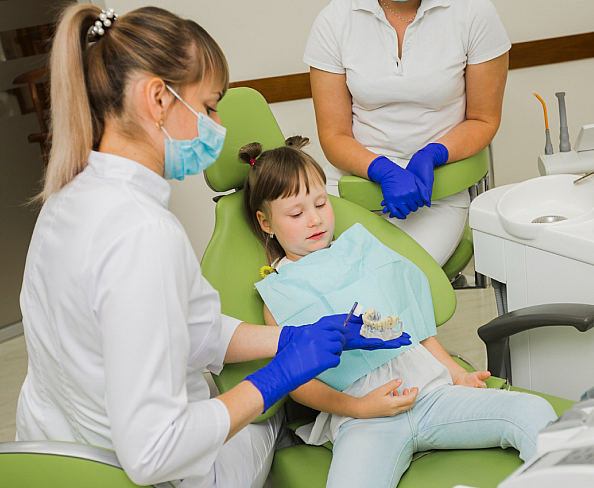
Gramercy Orthodontics emphasizes the significance of early orthodontic evaluations for children, advising that the first visit should occur by age seven. Early intervention can effectively address potential dental issues such as overbites, underbites, and overcrowding, preventing more serious problems in the future. Dr. Elaahi and Dr. Berk offer outstanding care in a friendly, welcoming environment that resonates with young patients.
The American Association of Orthodontists recommends that children have their first orthodontic visit around age seven. While this may seem early, it allows the orthodontist to identify and address any potential issues before they escalate. Keep in mind that an initial visit doesn’t necessarily mean your child will need immediate treatment; it’s primarily about monitoring their development to ensure everything is progressing well.
Absolutely! A 6-year-old can certainly visit an orthodontist. In fact, the American Association of Orthodontists suggests that children have their first check-up no later than age 7. This early evaluation can help spot any potential concerns with jaw growth and emerging teeth. If you’re thinking about an orthodontic visit for your little one, go for it! It’s a wonderful step toward ensuring a healthy, beautiful smile for your child.
It’s completely normal for children to experience mild discomfort or soreness when they first get braces or after adjustments. This discomfort occurs because the braces are actively working to align their teeth. The good news is that this soreness typically subsides within a few days and can often be relieved with over-the-counter pain medication. Before long, their mouths will adjust to the braces, and they may hardly notice they’re wearing them. While braces might cause some temporary discomfort, it’s manageable and short-lived.
© 2025 Best Orthodontists in NYC
Braces Invisalign Gramercy Ortho Dr. Barry Elaahi & Dr. Jason Berk, Board-certified Orthodontists in NYC,
All Rights Reserved.
Monday – Friday : 8:00am – 7:00pm
Saturday : 8:00am – 3:00pm
© Copyright 2025 Gramercy Orthodontics